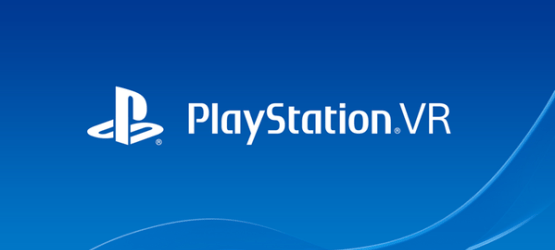In a new video from PlayStation UK this week, the Access PlayStation team rounded up all the latest PlayStation VR information into 20 Things You Need to Know.
Here’s a list of what those things are, in the order they appear in the video:
- PlayStation VR releases in October 2016
- It costs £349/€399/$399 USD/$549 CAD
- The box includes an HDMI cable, a USB cable, AC adapter, AC power cord, VR headset connection cable, VR headset, stereo headphones, processor unit, and printed materials
- The headset comes with a 5.7 inch custom OLED display, which offers a resolution of 1920xRGBx1080
- PlayStation VR also has a 120Hz refresh rate, 100 degree field of vision, 3D audio, and a low latency of 18ms
- Player movement is tracked using the headset’s on-board accelerometer and gyroscope, and nine positional tracking LEDs
- PlayStation VR requires the PlayStation Camera, which is sold separately
- Every PSVR game will support the DualShock 4
- The PlayStation Move controller is optional and sold separately, but a pair of Move controllers “may enhance the VR experience with certain supported games, like Until Dawn: Rush of Blood.” Move controllers will be available closer to launch
- PlayStation VR will come with a physical demo disc of playable and non-playable experiences from some of the best launch games
- 230 developers and publishers are currently working on PlayStation VR
- There are over 160 titles in development for PlayStation VR
- 50 PlayStation VR titles are scheduled to launch by the end of 2016, including Eagle Flight, EVE: Valkyrie, Headmaster, Rez Infinite, Wayward Sky, and Until Dawn: Rush of Blood
- Lucasfilm and DICE are working on a Star Wars Battlefront gaming experience
- The Playroom VR will be a free download to all PSVR owners at launch and includes these mini-games: Monster Escape, Cat and Mouse, Ghost House, Bedroom Robots, and Wanted
- One social feature is screen mirroring, where the TV displays the same image as the VR headset, but in 2D, allowing others to spectate.
- The other social feature allows the TV to show a different perspective than the VR headset. In Monster Escape, the person wearing the headset sees through the eyes of a monster, while those on the TV must defeat the monster.
- Cinematic Mode uses the headset’s large virtual screen for a variety of content, including standard PlayStation 4 games, Share Play, and Live From PlayStation, as well as 360 degree photos and videos captured with omni-directional cameras.
- Cinematic Mode has various modes which affect the size of the virtual screen. On its largest setting, with an estimated virtual viewing distance of 2.5 meters, Cinematic Mode offers a virtual screen of 226 inches.
- This is what the retail box looks like.
Will you be getting PlayStation VR in October?









